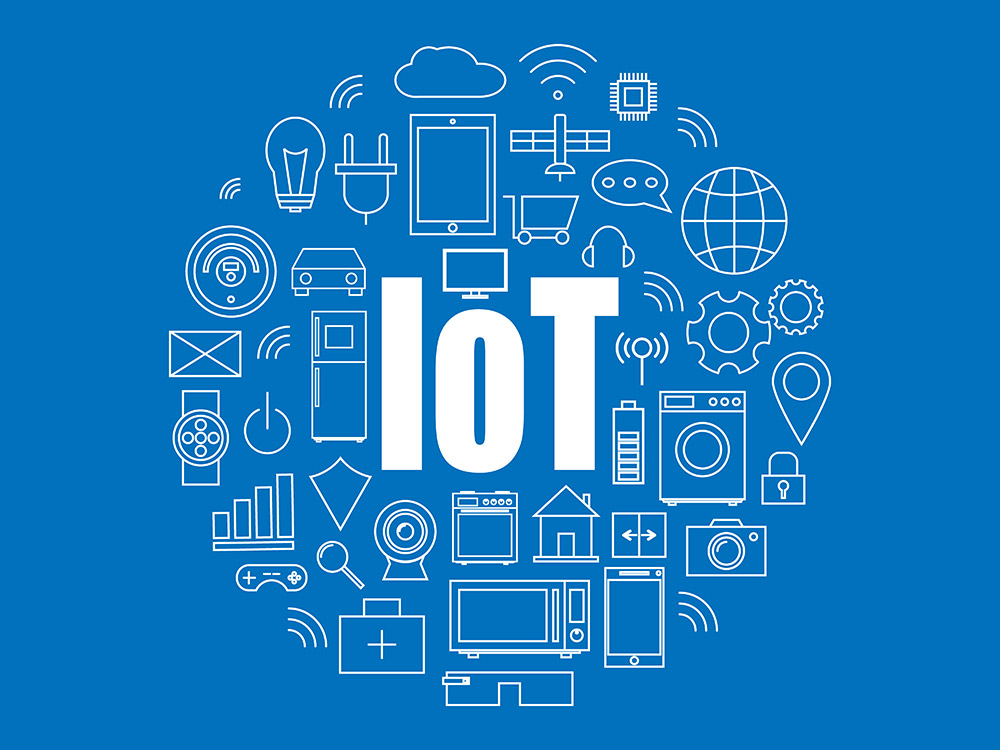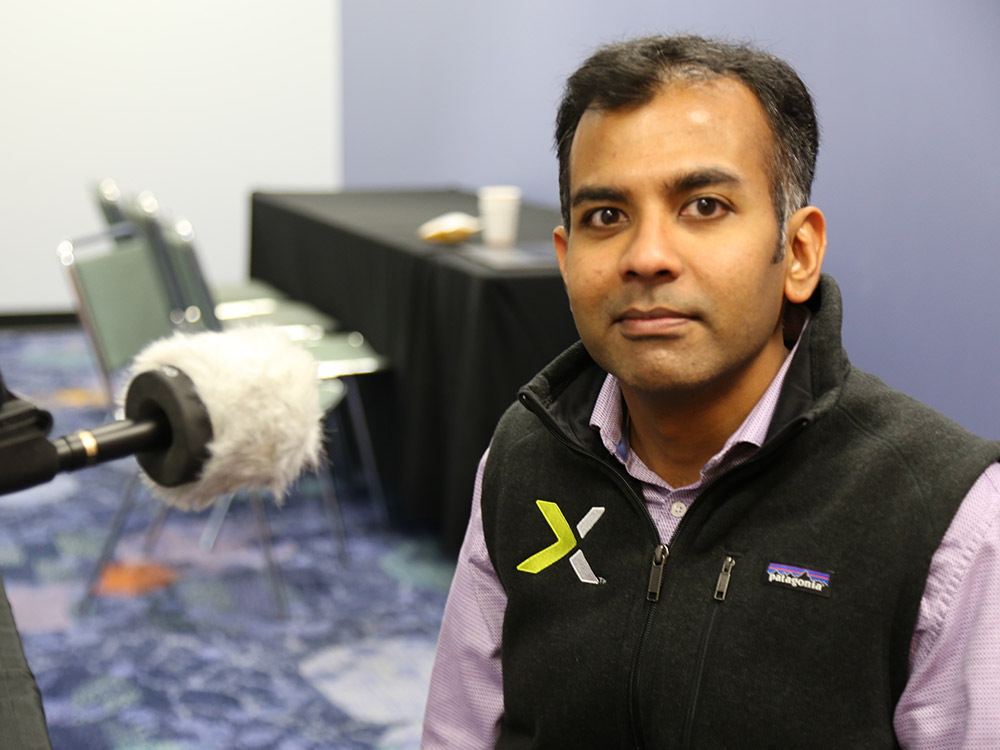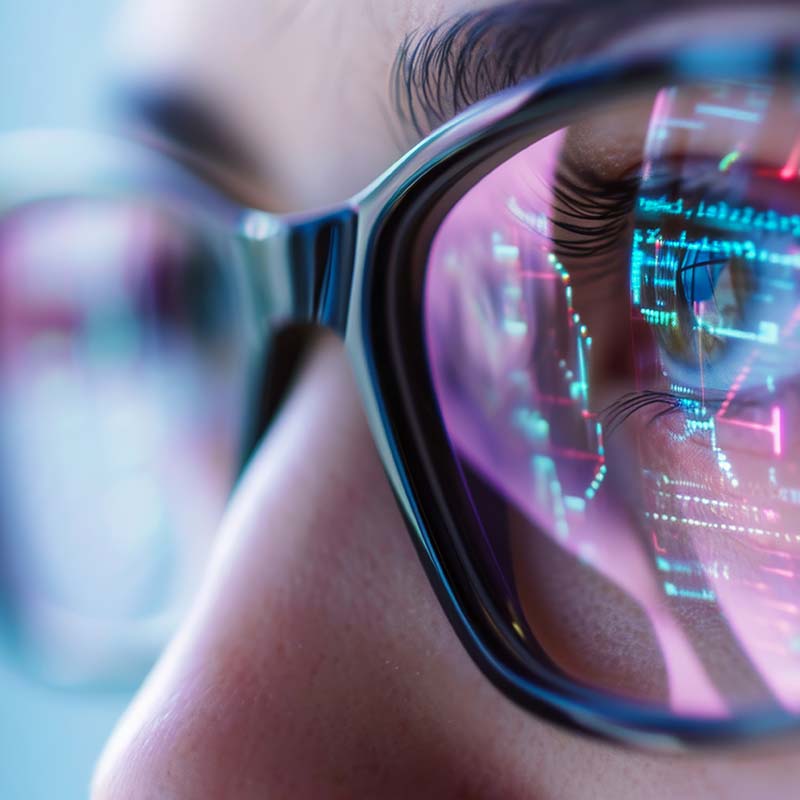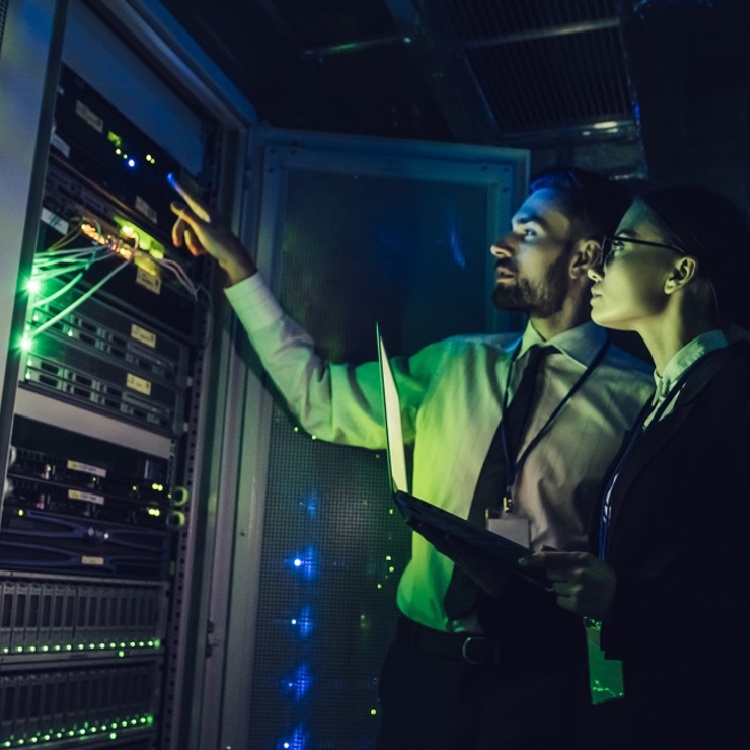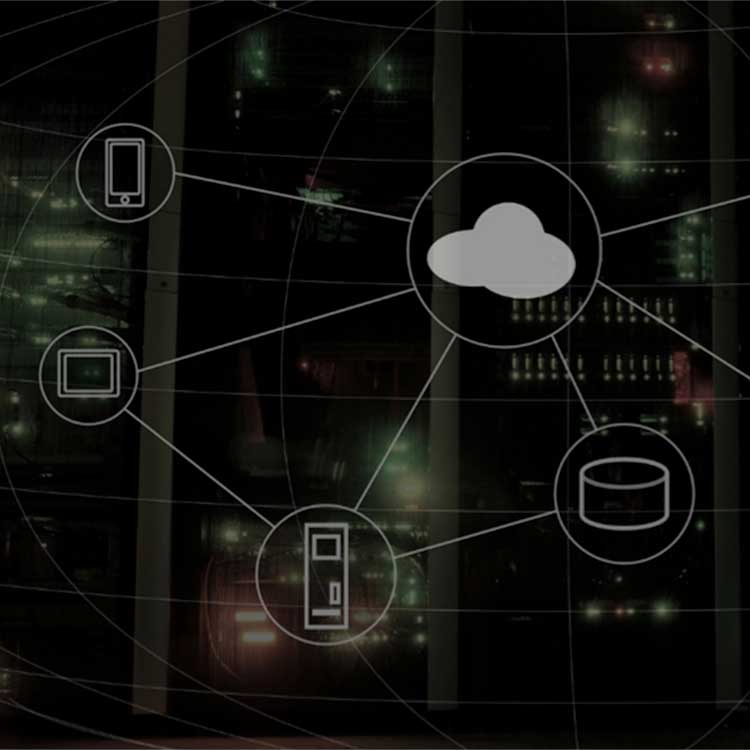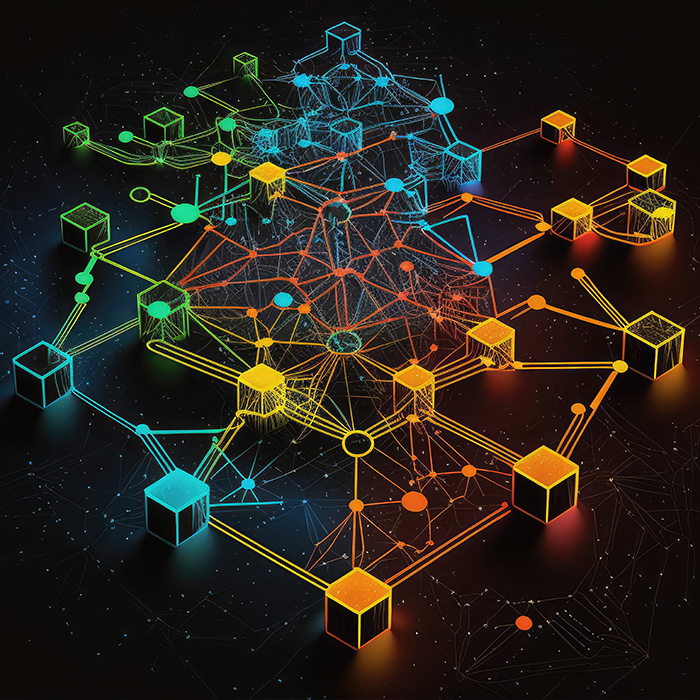Throughout history, IT departments have managed computing and related services — applications, storage, networking — in the context of supporting human end-users interacting with infrastructure and data. They evolved centralized data centers into distributed computing systems in order to connect people and data effectively across the globe. Now, with the proliferation of Internet of Things (IoT), IT departments are facing another significant shift as human demand for data is surpassed by machines.
Higher volumes of machine-to-machine communications from robots, retail store sensors and other connected devices are forcing IT departments to put more computing resources into supporting IoT. It also has the technology industry rethinking what’s at the core of distributed computing: the operating system, according to Satyam Vaghani, vice president and general manager for IoT and AI at Nutanix.
"Because what machines need will be fundamentally different, operating systems will have to be dramatically different from the operating systems that were built for human use cases of computing," Vaghani said.
3 Ways 'Computing for Machines' is Different
Vaghani listed three primary challenges created by massive distributed IoT systems.
[Listen to Podcast interview with Satyam Vaghani]
First is the scale of the data involved.
Research firm IDC has predicted that the IoT will comprise more than 41.6 billion connected devices by 2025. Those digital machines, large and small, will contribute to a staggering inventory of 175 zettabytes of data collected and stored.
A zettabyte is a billion terabytes, or (10 to the 21st power) bytes.
Translation: We're already drowning in data, and the tide's still coming in.
"We need to create systems that can ingest masses of data in real time, and provide services to allow a new generation of machine learning and artificial intelligence applications to use that data," said Vaghani.
That will mean making complex architectural decisions about how massive amounts of data will be captured, sorted, moved, stored and analyzed.
The scope of the data challenge "is one or two orders of magnitude bigger than some of the best computing systems we as humans have created so far," Vaghani said. "If there was ever a 'putting a man on the moon' challenge for computer science, this is probably it."
The second problem is operating distributed systems at scale.
Zettabytes of data will be hard to wrangle, but managing the sensors and systems themselves is a related but different challenge.
Consider a company that operates thousands of factories, offices or retail locations.
"You need to now deploy an exact blueprint across 55,000 locations — and manage the consistency, security, et cetera," said Vaghani.
"People are not necessarily good at managing a fleet of machines in a single data center. Now we are talking about every factory, every retail store, every ship, becoming a mission-critical data center.
"This is just going to be insane!" he said.
The third problem is creating hybrid applications to get the value from IoT infrastructure.
These applications will often act locally or autonomously, but also connect to the cloud to maintain consistency, validate decisions and data, and improve performance.
"Every IoT application actually has a split personality," said Vaghani. "It is spread across a vast number of resources across multiple data centers."
He said autonomous vehicles are an excellent illustration. The key logic that a car uses to drive itself is sitting within the vehicle, along with a variety of environmental sensors (which in this case can include cameras, radar, LiDAR, and ultrasound). The car must process information about its surroundings locally to make real-time decisions and operate safely.
"However, every now and then the car is going to send some of the data points to the cloud, because that is where the car manufacturer is training its machine learning model to drive a car," said Vaghani.
Evolve to Solve
For an enterprise IT shop, it's critical to discover some of the smaller details in how these systems differ from traditional ones. These differences will create demand for new skills and knowledge.
“The biggest challenge for enterprises is finding people with skills in AI, microservices-based enterprise apps, data analytics and planet-scale security,” said Vaghani.
Organizations with a history in connected sensors — manufacturing and utility companies, for example — are addressing these challenges with closer cooperation between IT and the Operational Technology (OT) group, who have expertise running machines that manage physical processes on shop floors or in the field, according to research firm Gartner. IoT systems are more highly distributed and interconnected than traditional OT systems, so both groups will have lots to learn.
Other businesses that find IoT technology opening new markets and doors may find themselves hiring these skills for the first time or looking to purchase IoT data systems as a service.
Whichever paths they take, Vaghani said organizations that meet these challenges will be positioned to deliver tremendous results. This work will require engineering precision — and the ability to manage a massively distributed IT system.
"There is an amazing level of elegance to building distributed systems that just work, and when you get it wrong, lots of chaos can happen," he said. "It is a great creative challenge.
"It's not just about the science part of computer science. It requires great vision and human ingenuity."
Feature photo by Joshua Sortino on Unsplash
[Listen to Podcast interview with Satyam Vaghani]
Derek Slater is a contributing writer. His work has appeared in CIO, CSO, and other technology and business publications. Find him on Twitter @derekcslater.
© 2019 Nutanix, Inc. All rights reserved. For additional legal information, please go here.

